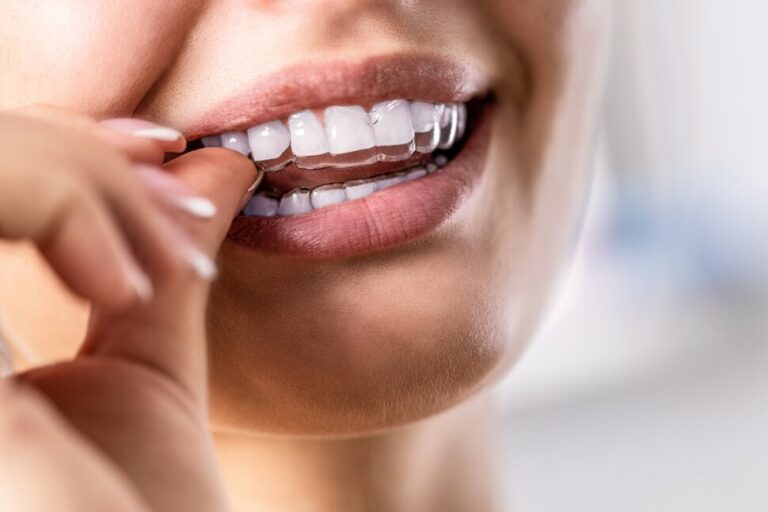Invisible aligners work best for people with mild to moderate alignment problems. If you’re in the market, here are some of the most important factors to consider before buying aligners.
Cost
The first thing most consumers will look at is the sticker price of their lines.
The important thing to remember, though, is that you’re not just paying for the aligners. In many cases, the aligner may send a carrying case, your retainers, possibly a teeth whitening solution, and other accessories. You may also need to consider fees if your aligners require office visits and are covered by your insurance.
Home alignment prices on this list range from $995 to about $2,400, depending on the brand. Brands that require office visits will be more expensive, but they also offer the most personalized care and attention. These aligners on our list can range from $3,000 to $8,000. Aligner companies also usually offer some sort of monthly payment plan to eliminate these costs.
All of this of course depends on the specific needs of each patient. More complex issues will require more complex treatments, which will be more expensive.
Healing time
Before starting treatment, you need to figure out how long in total and how many hours per day you will need to wear the aligners. This will vary depending on your specific case and treatment plan. But, in general, treatment can last from four months to almost two years.
Some companies, like Byte, offer day and night programs. Daytime treatment programs generally require 20-22 hours of use per day for at least four months, while nighttime programs usually take slightly longer overall but only require eight to 10 hours of use per day, usually during sleep.
Aligners come with more responsibility than traditional braces, says Dr. Hall. “Patients have to wear their trays 22 out of 24 hours a day. They take them out to eat, brush their teeth and drink anything but water.”
Each alignment treatment plan is meant to be followed strictly. If you stop using the aligners, your teeth will stop adjusting, which will throw off your plan and likely lengthen your overall treatment.
At home vs. in person
One of the most important differences between brands of invisible braces is whether or not they require office visits.
With direct-to-consumer or home brands, almost everything is done remotely. Typically, the company will send you a display kit, you follow the instructions and send it back, then a licensed professional will review your case and create a plan. After that, you’re pretty much on your own when it comes to making sure you’re wearing the aligners and changing them at the right time. How you get answers to questions and the issues you face will depend on the company.
With brands like Invisalign or Spark that require in-person visits, you’ll pay more but you’ll also get much more personalized care. You will start with an initial consultation where a licensed orthodontist or dentist will scan your teeth. When you begin treatment, you will have regularly scheduled visits anywhere from every two weeks to six weeks, depending on the alignment company you choose.
Pay close attention to your provider’s education, says Dr. Lindsay Stearn, of Stearn Orthodontics in Brooklyn, New York. “This is still a medical procedure,” he says. He adds that at-home products might work for a tiny gap or a tooth that’s just turned slightly, “but if you have more than that—if your bite doesn’t sit perfectly, if you don’t have dental X-rays that say your bones are healthy and that you are in good condition to move your teeth”, then the help of an orthodontist would be ideal.
If you choose a home program, make sure you understand and follow your treatment accurately. Otherwise, you risk prolonging your treatment and spending more money.
Overall Effectiveness
Obviously, you want to know how effective certain brands of aligners have been in other people’s cases so you know what to expect in your case.
Don’t take our word for it. Talk to friends who have used aligners and research professional and user reviews to see what others are saying. The effectiveness of an aligner starts with how well it straightens the teeth, but you may also want to consider factors such as:
- How comfortable is it?
- Can it be customized to fit my specific needs?
- Is it durable and can withstand regular use during treatment?
- How easy or difficult is it to clean and maintain during treatment?
- Are there any possible side effects? If so, what are they?
Before starting treatment, talk to your dentist or orthodontist about these concerns. This will be an investment in your overall health, so you want to make sure you’re paying for what’s most important to you.


